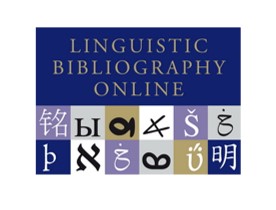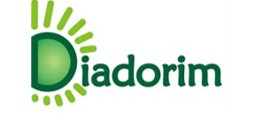Media Literacy in the Teaching of Portuguese: the Formation of Critical Counter-Word
DOI:
https://doi.org/10.11606/issn.2236-4242.v30i2p71-91Keywords:
Media literacy, Journalistic Sphere, Portuguese Teaching.Abstract
In this work, taking as a starting point the entry of journalistic texts into the teaching of Portuguese language in Brazil and its different approach perspectives on the last decades, situated in the enunciative-discursive perspective of language teaching, we intend to discuss fundamentals of media literacy and perspectives of work with the journalistic sphere in classroom. The appreciative accent of this text is that this pedagogical work must be focused not only on a contextualized appropriation of journalistic genres, but also, and mainly, for the meaningful experience of social practices of this sphere and on the critical problematization of the uses of language, in dialogue with other languages, in order to form subjects capable of constructing, in the practices of reading and producing texts, reflexive and critical counter-words on the ethical, aesthetic and political issues with which they are confronted in their literacy practice.Downloads
Downloads
Published
Issue
Section
License
The Editorial Board authorizes free access to and distribution of published contentes, provided that the source is cited, that is, granding credit to the authors and Linha D'Água and preserving the full text. The author is allowed to place the final version (postprint / editor’s PDF) in an institutional/thematic repositor or personal page (site, blog), immediately after publication, provided that it is available for open access and comes without any embargo period. Full reference should be made to the first publication in Linha D'Água. Access to the paper should at least be aligned with the access the journal offers.
As a legal entity, the University of São Paulo at Ribeirão Preto School of Philosophy, Sciences and Languages owns and holds the copyright deriving from the publication. To use the papers, Paidéia adopts the Creative Commons Licence, CC BY-NC non-commercial attribution. This licence permits access, download, print, share, reuse and distribution of papers, provided that this is for non-commercial use and that the source is cited, giving due authorship credit to Linha D'Água. In these cases, neither authors nor editors need any permission.
Partial reproduction of other publications
Citations of more than 500 words, reproductions of one or more figures, tables or other illustrions should be accompanied by written permission from the copyright owner of the original work with a view to reproduction in Linha D'Água. This permission has to be addressed to the author of the submitted manuscript. Secondarily obtained rights will not be transferred under any circumstance.










